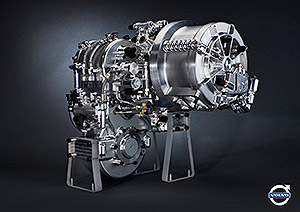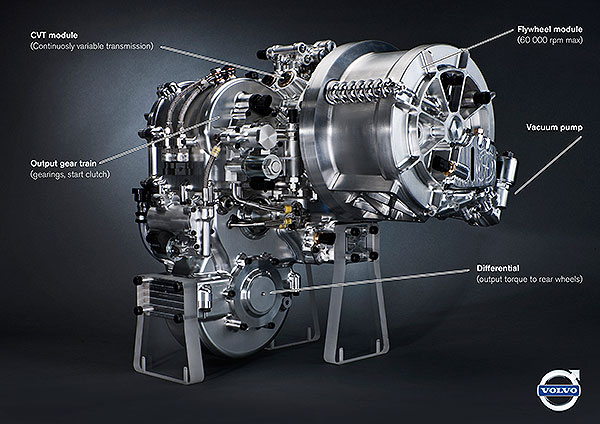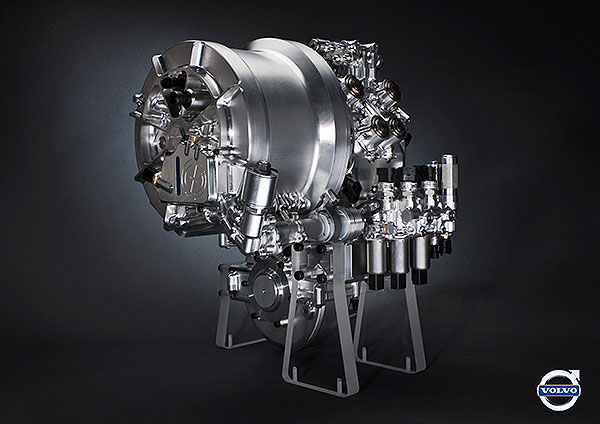 Flywheels have been around in toy cars ever since I was an ankle-biter but flywheel technology for cars … as a form of propulsion … has not been something that most car makers have done more than think about.
Flywheels have been around in toy cars ever since I was an ankle-biter but flywheel technology for cars … as a form of propulsion … has not been something that most car makers have done more than think about.
However flywheel technology for cars has been something that has been exercising the minds of various Volvo engineers for quite some time. As far back as the 1980s Volvo was experimenting with flywheel propulsion in a 260 and steel was the material of choice back then and weight was the major problem.
Of course since then new and lighter materials have become available and right now Volvo is experimenting with flywheels made from carbon fibre and weighs in at just 6kg and we’re not talking about something that takes up a whole lot of room either … Volvo’s flywheel technology for cars uses a flywheel that is just 20 centimetres in diameter.
It might be lightweight and it might be small but the fuel savings that this technology is delivering is impressive. When combined with a 4-cylinder turbo engine Volvo’s flywheel technology reduces fuel consumption by up to 25% when compared to a similar vehicle powered by a 6-cylinder engine and delivers an extra 80 horsepower.

How it works
Volvo’s flywheel technology for cars allows the normal engine to power the front wheels while the flywheel powers the rear wheels through a specially designed transmission.
The flywheel operates within a vacuum to ensure minimum friction and during braking the engine is turned off and the flywheel can spin at up to 60,000 revolutions per minute. Energy from the flywheel is stored.
When the vehicle begins to move again the flywheel’s stored energy is transferred to the rear axle and is sufficient to power the car for short periods and when that energy is depleted the engine cuts in and takes over powering the car.
This type of technology is best suited for the stop start driving that you normally encounter in urban areas and Volvo believes that it’s possible to have the engine turned off for around half the driving time.
While the economics of flywheel technology for cars is going to appeal to lots of drivers it’s also going to appeal those who like to make a fast getaway from the lights. Flywheel technology delivers fast acceleration … so fast that the time it takes to accelerate from a standing start to 100km/h is cut by seconds.
Volvo is yet to announce when their flywheel technology for cars will begin to appear in their petrol and diesel models some of the technology has already found its way into Volvo’s second series C30 electric car.

